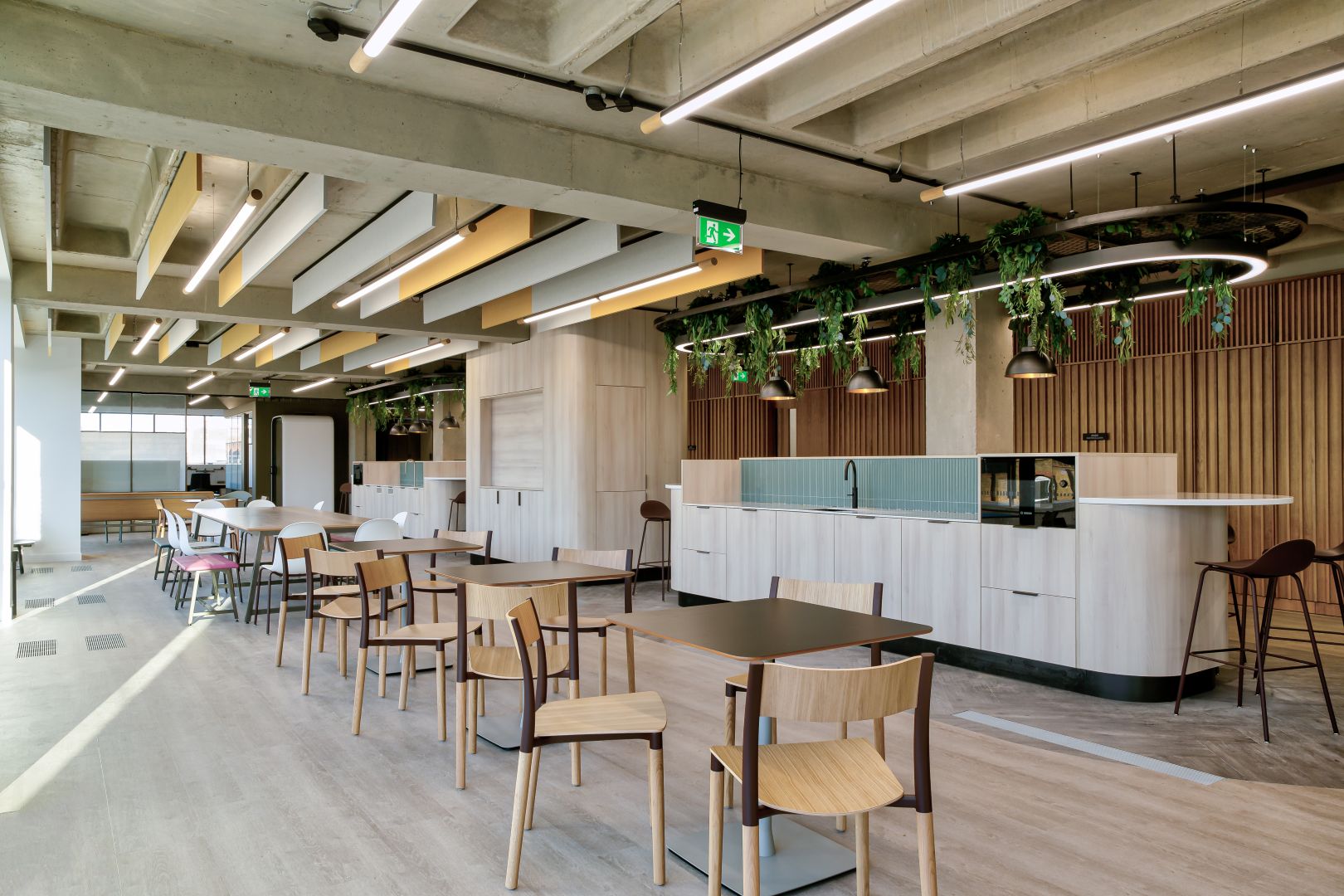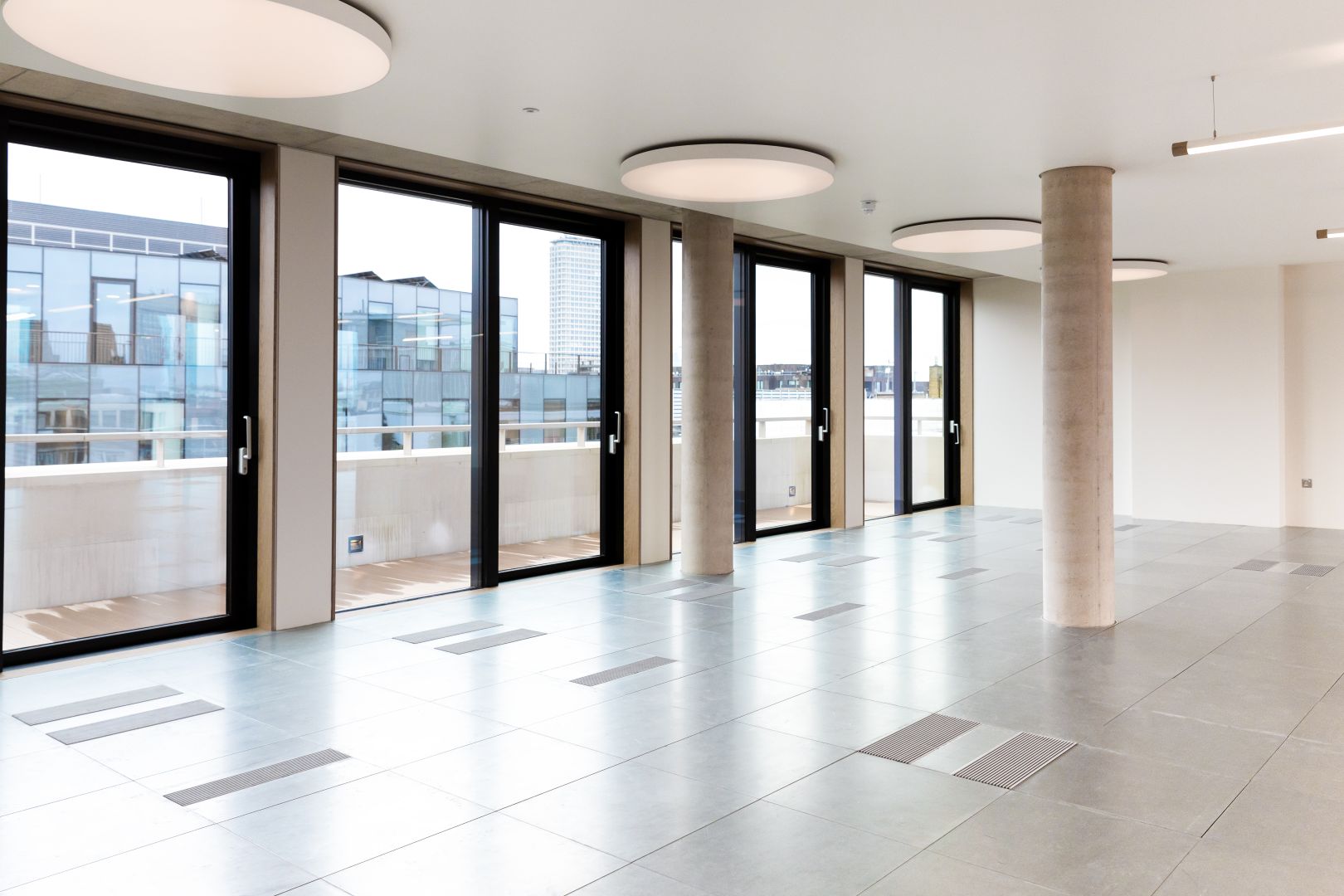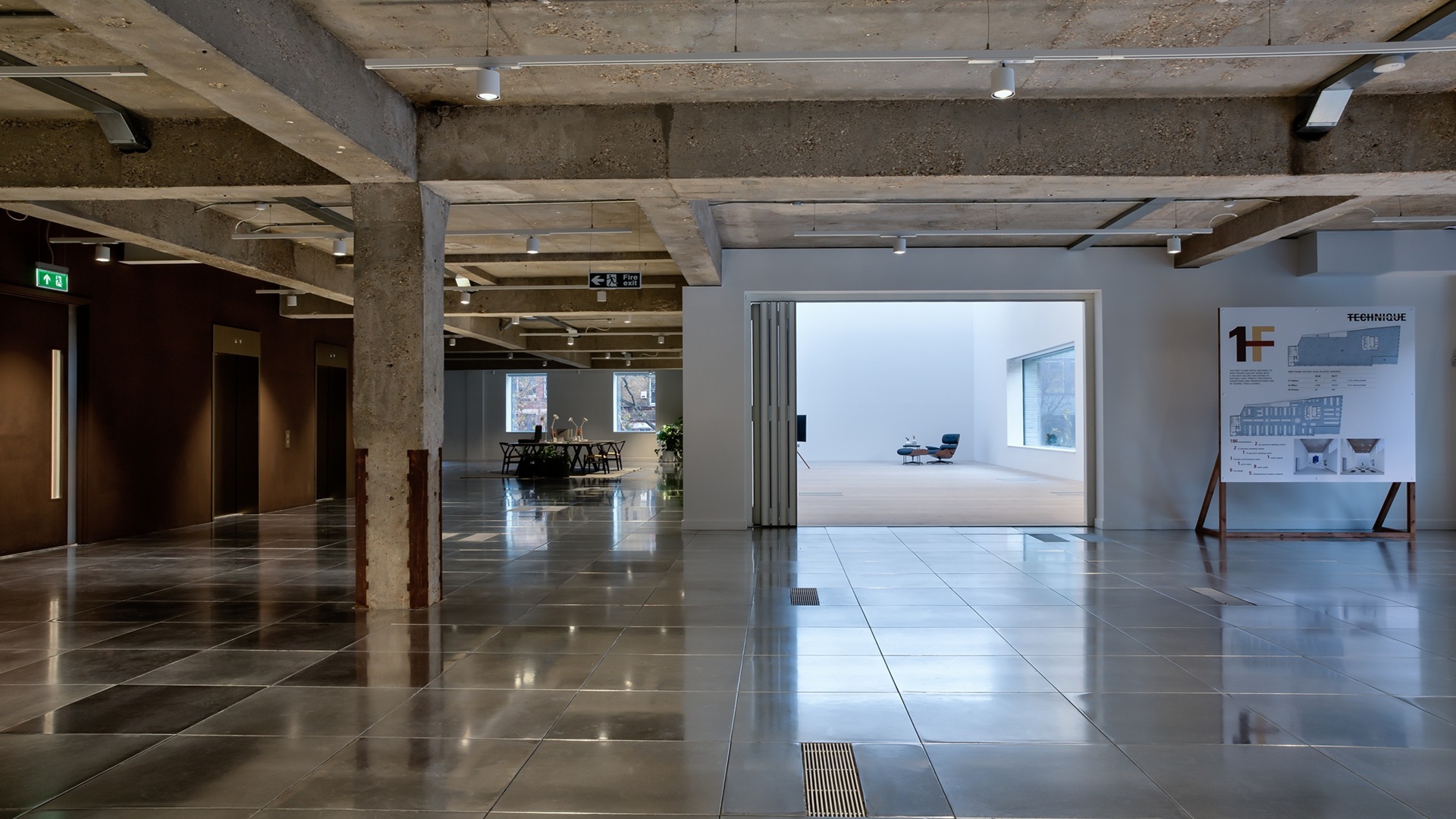Engineering healthier spaces
Established in 2014 by the International WELL Building Institute (IWBI), the WELL Building Standard has significantly influenced building design by prioritising occupant health and well-being.
As of 2025, the standard has been adopted in numerous projects worldwide, reflecting a growing commitment to healthier built environments.




